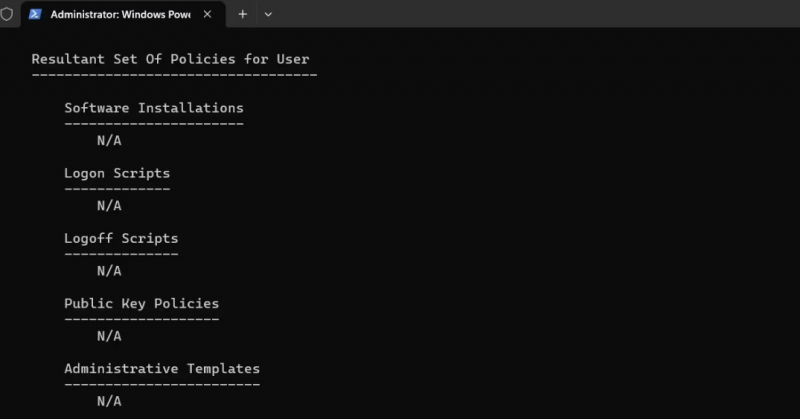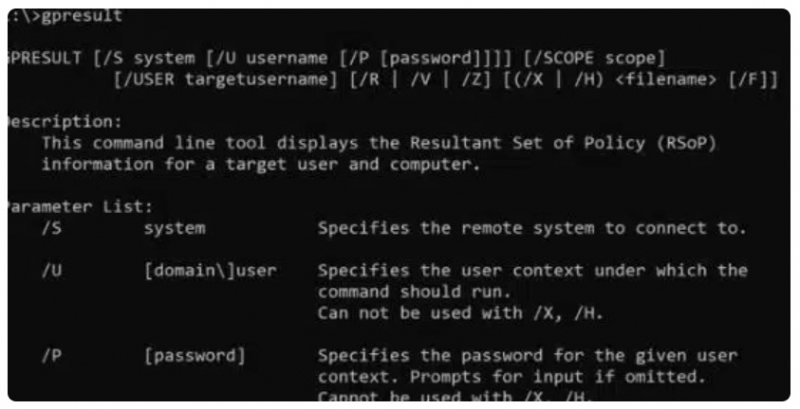How to View Applied Group Policies With PowerShell
For those who appreciate the power of command-line tools and enjoy interacting with their computer through the realm of PowerShell, there exists an additional method to unveil the applied group policies on a Windows user or computer.
To embark upon this journey of PowerShell enlightenment, follow these steps:
- Invoke the mystical combination of Win + S to summon the search menu.
- Inscribe the sacred word "powershell" within the text box and bestow upon it the honor of being selected as the vessel of your command-line desires.
- As the User Account Control (UAC) prompt materializes before you, embrace the opportunity and affirm your intentions by selecting the illustrious "Yes."
- Within the PowerShell window, channel your intentions by invoking the following command: " gpresult /Scope User /v "
For those who aspire to gaze upon the grand tapestry of policies bestowed upon the entire computer, a slight variation in the incantation is required. Instead of the previous command, recite the following: " gpresult /Scope Computer /v "
As you speak these words of power into the PowerShell realm, the veils shall part, revealing a comprehensive display of all policies gracefully applied to the computer.
With PowerShell as your guiding tool, the realm of applied group policies shall become an open book, ready to be explored and understood.





